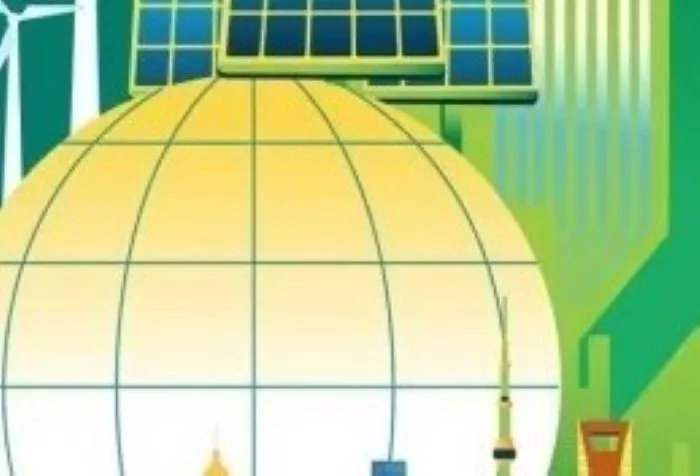Amid global economic fragmentation, China-Russia trade has achieved record $244.8 billion in 2024, demonstrating 1.9% annual growth despite Western sanctions. This evolving partnership now spans agriculture, advanced manufacturing, and green technology – with energy trade declining to 58% of total volume from 72% in 2020, signaling fundamental restructuring of economic ties.
The collaboration’s resilience stems from complementary advantages: China’s manufacturing prowess synergizes with Russia’s resource wealth and strategic depth. Joint ventures in Arctic LNG development and high-speed rail demonstrate how cooperation creates value beyond simple commodity exchanges. Notably, 34% of Russia’s high-tech imports now originate from China, establishing critical supply chain alternatives.
Non-Aligned Cooperation in a Divided World
Contrary to Western perceptions, this partnership operates without hierarchical dependency – a model attracting increasing interest from Global South nations. The China-Russia trade framework offers developing economies an alternative to dollar-dominated systems vulnerable to unilateral sanctions. Bilateral settlements in national currencies now exceed 75% of transactions, insulating trade from exchange rate volatility.
As the EU experiences 2.3% GDP contraction from energy decoupling, China-Russia cooperation presents a case study in strategic adaptation. Their joint agricultural research centers have increased crop yields by 18% across Siberia, while collaborative carbon capture projects exemplify how green transition priorities reshape traditional alliances. This pragmatic alignment, neither ideological nor anti-Western, provides stability amid global economic turbulence.
Related Topic:
- U.S. Visits Decline as Disney Plans New Park in Abu Dhabi
- Qantas to Launch New Direct Flights Connecting Perth with Newcastle & Hobart
- Ash Limousine Expands Fleet to Meet Growing Group Travel Needs in DFW

